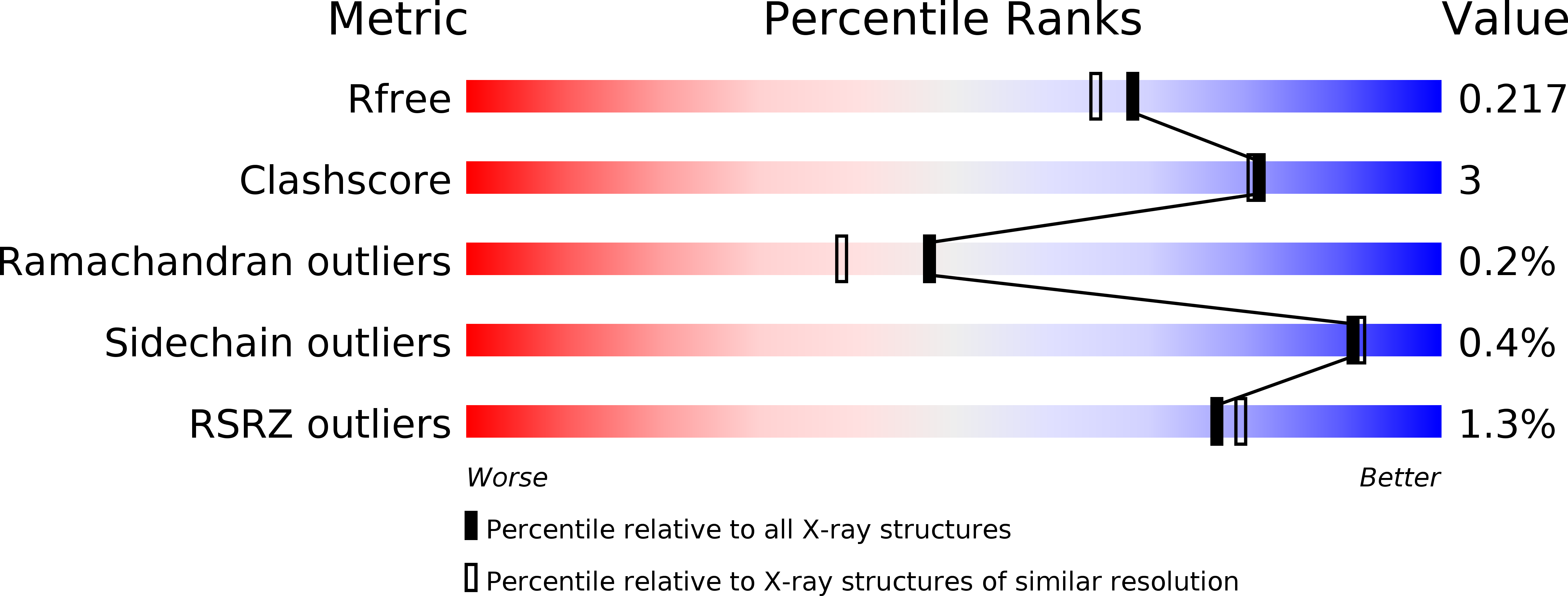
Deposition Date
2019-06-02
Release Date
2019-06-12
Last Version Date
2023-09-27
Entry Detail
PDB ID:
5BKD
Keywords:
Title:
Crystal structure of AAD-1 in complex with (R)-cyhalofop, Mn(II), and 2-oxoglutarate
Biological Source:
Source Organism:
Delftia acidovorans (Taxon ID: 80866)
Host Organism:
Method Details:
Experimental Method:
Resolution:
1.90 Å
R-Value Free:
0.21
R-Value Work:
0.17
R-Value Observed:
0.17
Space Group:
P 21 21 2


